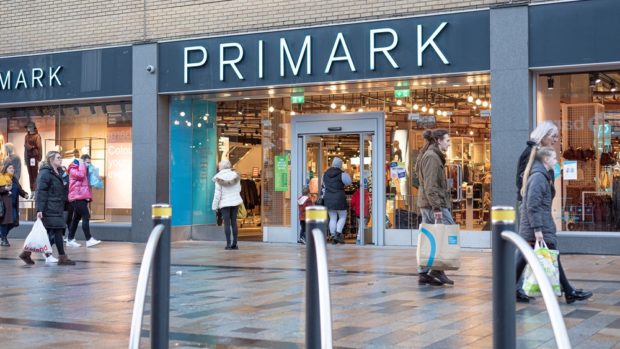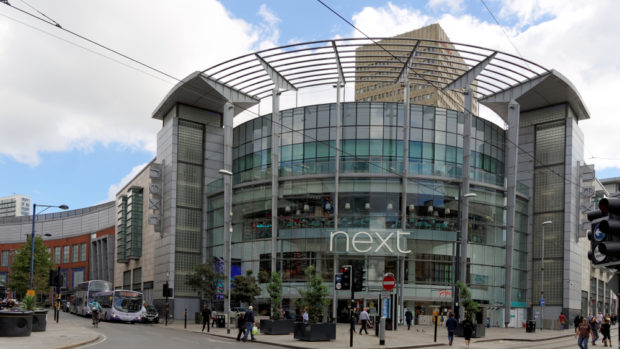In today’s increasingly digital world, consumer expectations are growing. Technological and social advances have transformed the way customers interact with brands, and a rise in internet shopping has meant that customers now expect access to goods instantaneously. Whilst eCommerce has previously led the way, consumers are now turning to social media in their search for the latest products, faster than ever before.
According to research by SmartInsights the average web user spends approximately two hours and fifteen minutes on social media each day – so it’s no wonder that emerging retailers are turning to these platforms as a means of reaching their audiences. In fact, research from loyalty analytics company Aimia found that nearly a third of online shoppers (31 per cent) are using these channels to browse for new items to buy.
There is no doubt that social platforms are becoming the new online marketplace – the introduction of the ‘Buy Now’ button on the likes of Instagram, Pinterest and Snapchat have meant that purchasing products is now as easy as liking a friend’s status. The days of spotting a product on Instagram and then having to Google it to find out where to buy it from are long gone. In fact, social commerce presents retailers with the opportunity to significantly reduce their customers’ path-to-purchase.
Established and large-scale brands are not the only businesses to benefit from this growing trend. New and upcoming brands, especially within the fashion industry, are launching their businesses solely on social media, using platforms such as Instagram as a replacement for a physical store or eCommerce website. With the average cost of getting a clothing line off the ground estimated at between £1.5 million and £2.3 million, social commerce is acting as a key enabler for new start-ups who don’t necessarily have the financial backing required for such an investment.
Scaling up
Whilst the benefits of social commerce are many, brands can only be successful on this platform if they look beyond the point of purchase. The real test for brands competing online is the journey that follows – how quickly the item is delivered, how easy it is to return the item if needed, and the level of customer service along the way. For example, what happens when your new business venture takes off and it is no longer feasible to operate from the comfort of your own home? Where will you store your products? How will you get the product to the customer?
Having a fulfilment process in place is essential to scaling up efficiently. The distribution, delivery and after-sales service can make a lasting impression on customers and will be the key to social commerce success.
As an emerging brand, partnering with distribution providers is often a cost-efficient way of keeping up with the latest customer delivery expectations and ensuring customers get their products quickly. Pop-up distribution centres are another trend being used by start-ups to keep up with growing consumer demand. These temporary facilities can be rapidly deployed and de-leverage fixed costs of a year-round distribution centre, meaning brands can rapidly respond to increased sales, or quickly serve a specific geography when needed.
A Lasting Impression
Whilst speed is important, the condition of the product and the overall quality of the delivery experience will leave a lasting impression on the customer. There is nothing worse than eagerly awaiting an online order, only to receive a product that has been damaged either by the delivery driver, or at some point during the distribution channel.
According to research, 70 per cent of shoppers are unlikely to return to a brand after a poor shipping experience. Further to this, KPMG states that it can cost a retailer double the amount for a product to be returned into the supply chain as it does to deliver it.
Ensuring the quality of products upon arrival is crucial to encouraging brand loyalty and repeat purchases, as well as greatly reducing environmental impact. To get this right, e-tailers must continually reassess their product packaging across all eCommerce operations. New packaging initiatives such as ‘right size packaging’ are being increasingly adopted and work by reducing air and void fill through the correct sized packaging. E-tailers are therefore able to better protect products, while minimising shipping costs and waste.
By ensuring the right packaging is used, businesses can significantly reduce damages to products when going through the distribution chain. Not only will this vastly reduce overheads and increase sustainability, but it will also help to create an overall positive customer experience.
Delivering a seamless shopping experience
A positive shopping experience is vital in building a brand’s reputation. Equally, a negative experience can be extremely damaging, not just to your reputation but also to your customer-base and ultimately your bottom line. In today’s hyper-connected world – those who receive an unsatisfactory experience will often turn to social media to air their frustrations and what began as a single negative experience, can be amplified and shared with thousands of followers in a matter of seconds.
It will be the complete end-to-end experience that will shape a customer’s perception of a brand and therefore their relationship in the future. Those who provide the optimum customer experience from the initial tap of the ‘Buy now’ button, to delivery and beyond, can expect to see a retention of customers, a reduction of end-to-end service costs, and overall customer satisfaction. Ultimately, it will be these businesses that thrive in today’s social commerce revolution.
By Joe Farrell, VP International Operations at PFS








Share